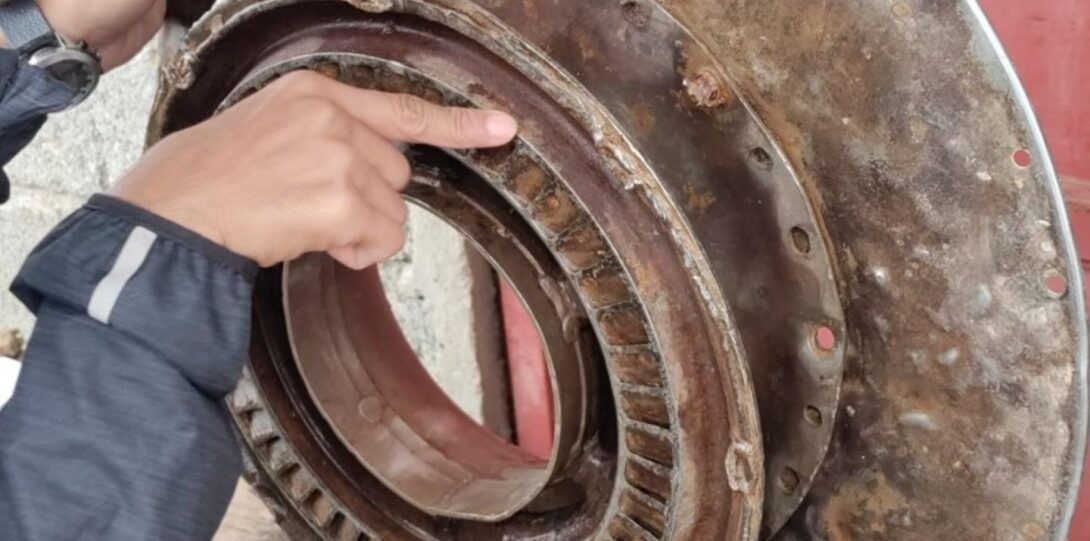What is an Investigation?
An investigation is done when research suggests a visit to an area is warranted. During an investigation, the investigative team attempts to determine the specific location of an incident, correlate a site with a specific incident, and thoroughly document the site. Investigations can include canvassing for and interviewing informants, visiting local archives and museums, and site survey. At CRIM, anthropologists, archaeologists, historians, or any combination thereof might take part in an investigation.
Like excavations, the nature of investigations vary greatly and each case presents its own set of challenges. In meeting these challenges, investigative teams may use different techniques, depending on the site type, location, and nature of the evidence that we are looking for. After locating a site, an archaeologist conducts a survey to determine if a location has physical evidence that correlates with a specific incident (e.g. an ID tag or a tail number from an aircraft). The archaeologist also collects geospatial data, determines the site boundaries/site size, and attempts to identify incident-related features. This may be done through pedestrian survey, remote sensing, and/or subsurface testing.
Additionally, the investigative team will document post-depositional alterations of the site (e.g. landslides, scavenging, leveling of fields, movement of roads or waterways, etc.), identify the landowner and best point of contact regarding the land, and provide input on how to best approach excavation at the site (e.g. use of wet vs. dry screening, the necessity of using heavy equipment or other special equipment, the presence of possible unexploded ordnance, steep slopes, or other special logistical concerns).
The information collected will be used to inform future work, which could include additional research, follow-on field investigations or testing, or excavation.



